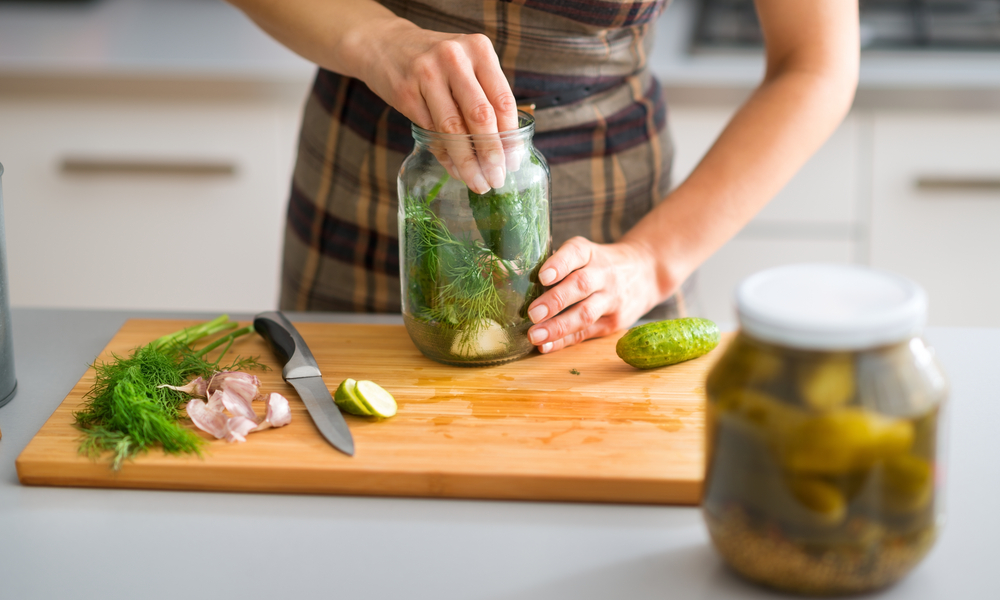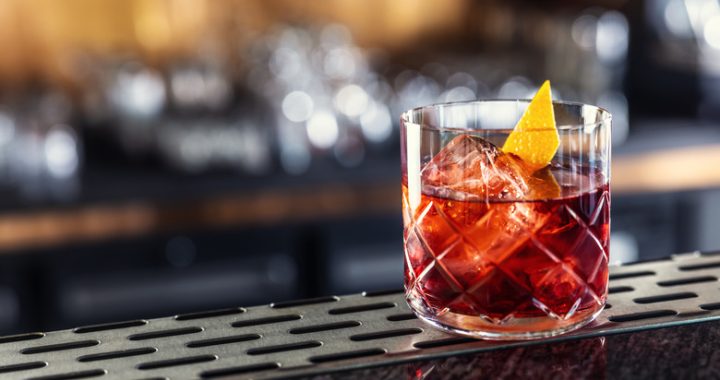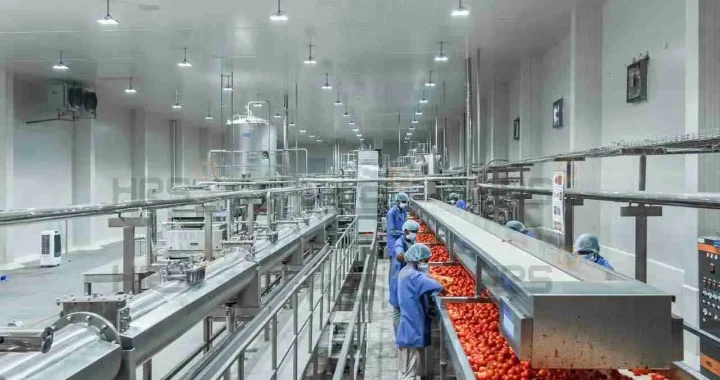
Pickling and Fermenting: An Introduction to Preserving Techniques
Welcome to the world of pickling and fermenting, where age-old preservation techniques meet modern culinary creativity! In this blog, we invite you to embark on a journey of flavors and exploration as we dive into the beautiful art of preserving through pickling and fermenting. Get ready to tantalize your taste buds, awaken your culinary curiosity, and learn how to harness the power of fermentation to create your unique culinary creations.
Here is a detailed explanation of pickling and fermenting, the two preserving techniques:
Pickling
Pickling is a preservation method involving submerging food items in a brine solution or vinegar, herbs, spices, and seasonings. The acidic environment created by the brine or vinegar inhibits the growth of harmful bacteria, extending the shelf life of the food while imparting unique flavors. There are two types of pickling: refrigerator pickling and canned pickling.
- Refrigerator Pickling: This quick and easy method involves preparing a brine solution using vinegar, water, salt, and sugar. The food items, such as cucumbers, onions, or carrots, are packed in jars, and the brine is poured over them. Refrigerator pickles are ready to enjoy within a few hours or after a few days of chilling, depending on the desired flavor intensity.
- Canned Pickling: Canned pickling involves a heat-processing step to create a shelf-stable product that can be stored for longer periods. The food items and brine are packed into sterilized jars and then processed in a boiling water bath or a pressure canner, depending on the acidity level of the ingredients.
Fermentation
Fermentation is a natural process that transforms sugars in food into alcohol, acids, or gases through the action of beneficial bacteria, yeasts, or molds. This process not only preserves the food but also creates complex flavors and introduces probiotics, which are beneficial for gut health. During fermentation, the sugars in the food are broken down by microorganisms, such as bacteria, yeast, or molds, into different compounds.
- Alcohol Fermentation: This fermentation occurs when yeast converts sugars into alcohol and carbon dioxide. It is commonly used to produce alcoholic beverages like beer, wine, and spirits. The yeast consumes the sugars and produces ethanol as a byproduct, giving the beverages their alcoholic content.
- Lactic Acid Fermentation: Lactic acid fermentation is carried out by beneficial bacteria, such as lactobacilli. These bacteria convert sugars into lactic acid, giving fermented foods like sauerkraut, kimchi, and yogurt a tangy flavor. Lactic acid fermentation also helps preserve the food and creates an environment that inhibits the growth of harmful bacteria.
- Acetic Acid Fermentation: Acetic acid fermentation is responsible for vinegar production. Acetobacter bacteria oxidize ethanol to acetic acid, resulting in the sour taste of vinegar. This fermentation process is often used in making various vinegars, such as apple cider or balsamic vinegar.
If you prefer fresh and unprocessed food, The Landing is the perfect destination. Focusing on using locally sourced ingredients and seasonal produce, The Landing offers a culinary experience that celebrates fresh food’s natural flavors and quality. Indulge in dishes prepared with care and creativity, and savor the vibrant and wholesome flavors that only fresh ingredients can deliver.
Ready to dive into the captivating world of pickling and fermenting? Join us on this exciting culinary adventure and unlock a realm of flavors, textures, and health benefits. Start experimenting with your pickling recipes or embark on fermenting delicious creations.





